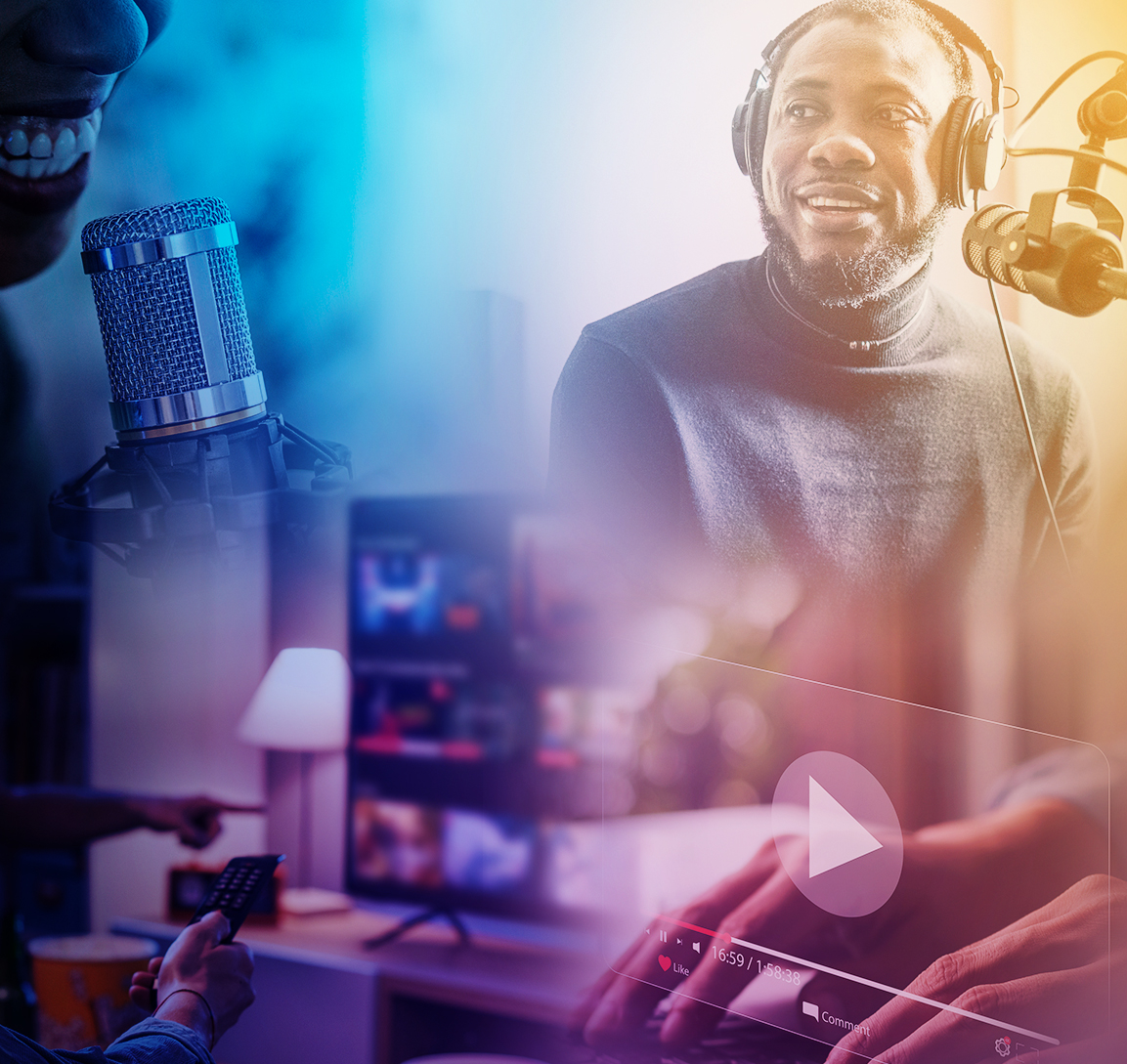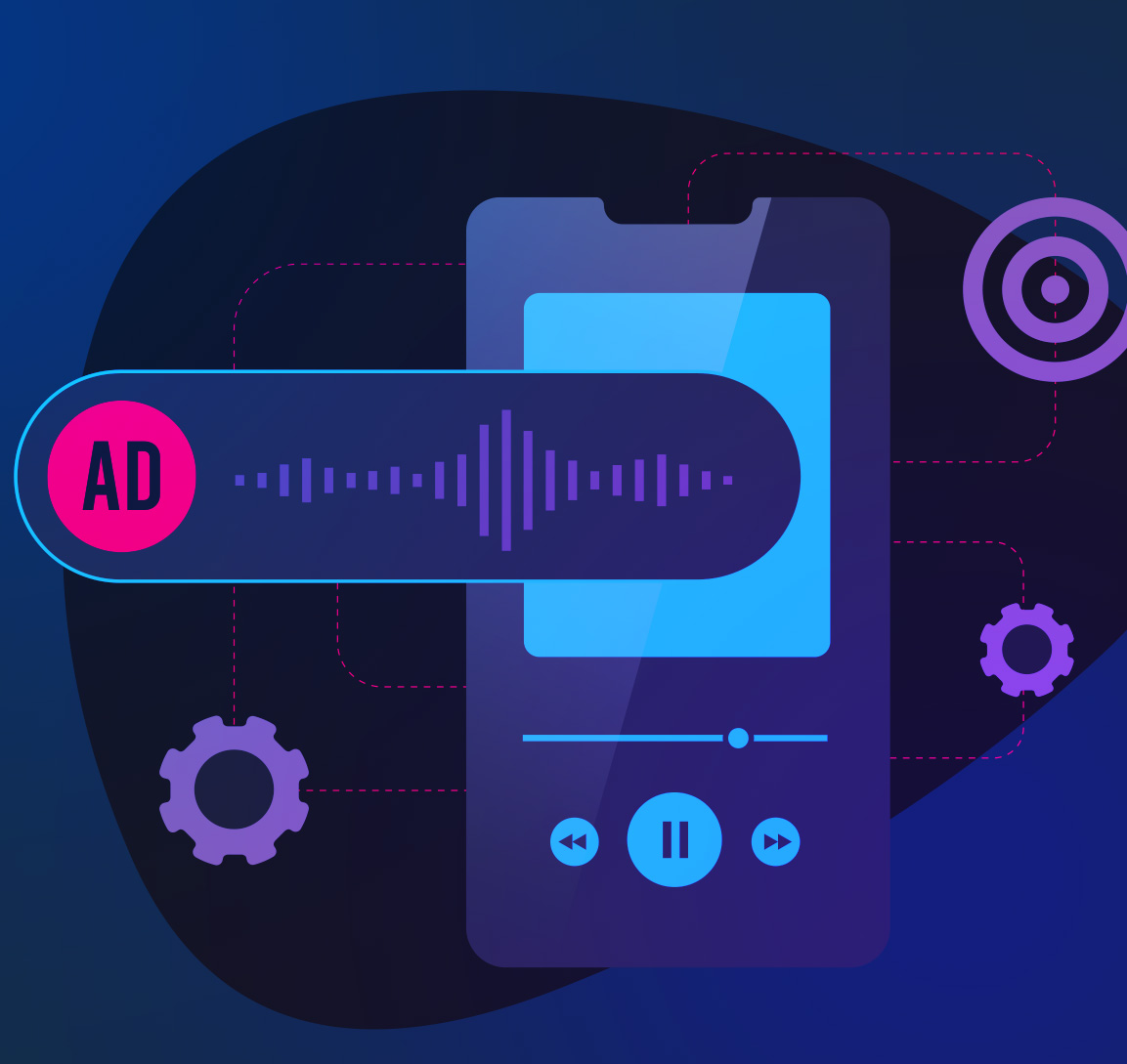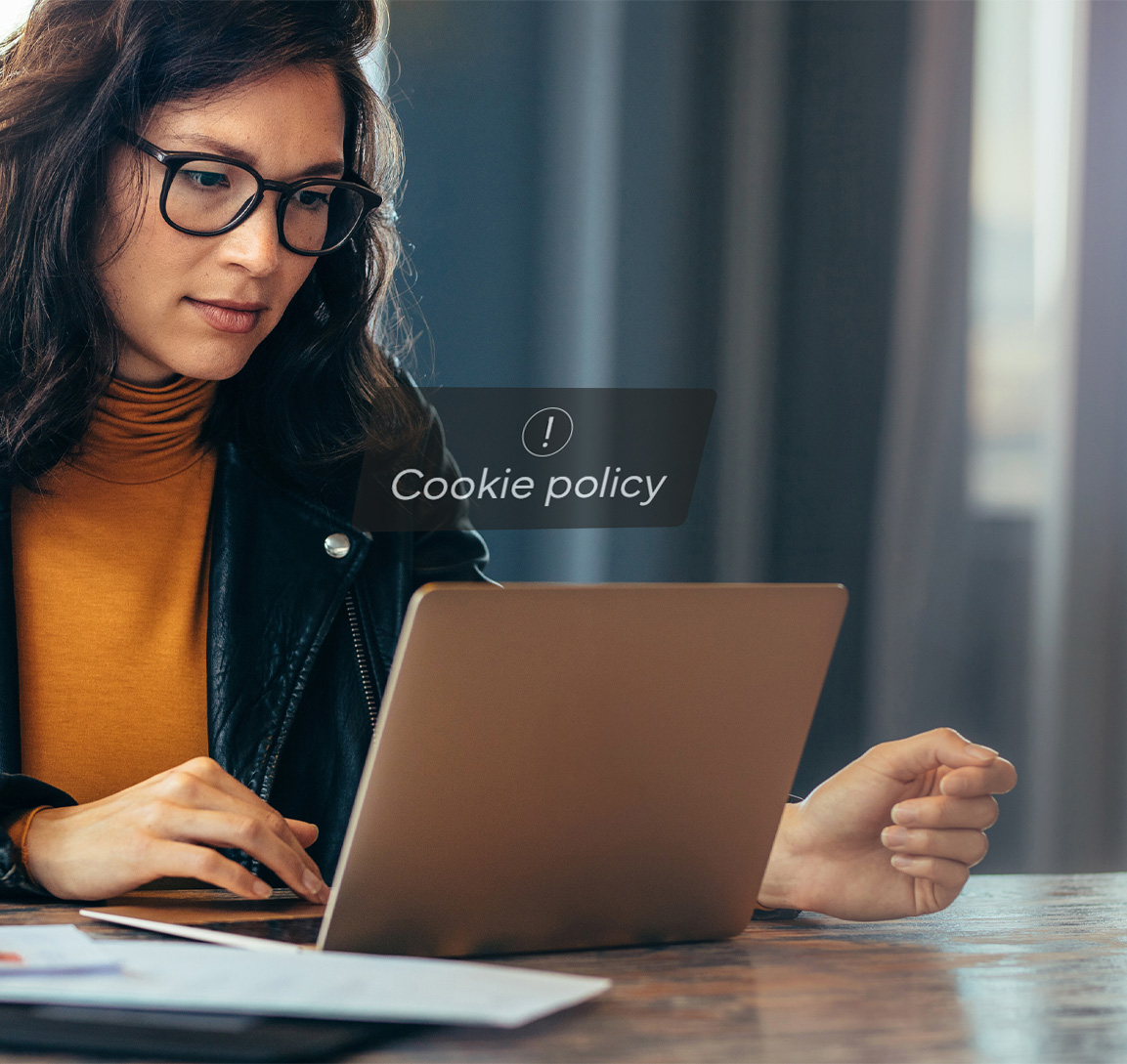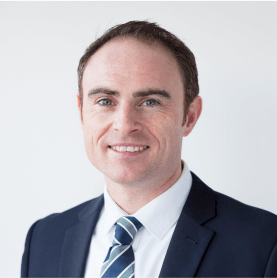Simulcast offers a win-win opportunity for creators and advertisers alike by expanding reach and making existing media buys more efficient.
Summary:
- Simulcast buys are a strategic way to increase your reach—without necessarily increasing costs.
- There are different ways to execute a Simulcast buy, which can vary depending on placement or product.
- An experienced media buying team like Veritone One’s can help you make the most of simulcasting.
Simulcast: doubling down on what works
Breaking down the term “Simulcast” into its parts, we can get the gist of it: simultaneous broadcast. But even a seemingly straightforward portmanteau can be difficult to define in our cluttered media landscape, where it feels like everything is broadcast simultaneously with… everything else.
For our purposes, let’s define it as content that is broadcast on one channel in concert—if not exactly at the exact same moment—as it is broadcast on another channel.
Imagine a baseball game broadcast on the radio at the same time as it airs on television. That would be a simulcast. Or, imagine a radio interview that is audio-recorded and filmed simultaneously. Maybe it airs live on the radio, and the video is later uploaded to the station’s YouTube channel. It does not need to literally be broadcast at the same time to make use of a simulcast strategy.
The strategy behind simulcast
Here’s what else is simultaneous: the boon for creators and distributors, who can save time, money, and effort by repurposing their content for different channels; and for advertisers, whose buys become more effective as the repurposed content targets different audiences.
In this way, you can expand the reach of your messaging by meeting the listener where they are consuming media. Although the majority of podcasts produced remain audio-only, the perception of the channel has dramatically changed among podcast consumers. 75% of those surveyed in a recent study by Coleman Insights and Amplifi Media said that a podcast can be either audio or video. If a content creator is looking to maximize their content’s impact, they’d be remiss not to make it both.
And chances are, if the original placement is a good match for your brand, then any subsequent iteration will be too.
How does Veritone One help you make the most of Simulcast?
As a multichannel advertising agency, Veritone One knows the benefits of simulcast buys all too well, which is why our media buying team is bullish about making the most of each execution.
First, we take stock of the client’s goals, letting this inform the types of placements we present to them. For example, does their product or service benefit significantly from a visual component, and if so, would they prefer a simulcast opportunity where the audience is engaged from both an audio and visual standpoint?.
We then use our historical database and proprietary vetting platform to explore synergistic pairings that align with the client’s target demographics and campaign goals, reviewing and negotiating vendor rates to ensure the buy is cost-effective.
Our buyers make sure to settle all the details: what type of simulcast integration will be implemented? What is the projected audio/video split? How will the client’s ad read be integrated into each channel? Will both channel integrations be released at or around the same time? It’s really about having a dialogue with our network partners and sharing our expertise with them. We are always happy to offer up best practices as they look to stand up their incremental simulcast offerings.
Once a buy is negotiated by our team, all an advertiser has to do is sit back and wait for their integration to go live—and then go live on a different channel and resonate with audiences all over again.
By leveraging multiple channels, we can meet the audience where they are listening—be it audio or video, either or both. Both the brand and the show it advertises on can benefit from the incremental scale and exposure. And with access to a larger audience pool, your messaging is more likely to resonate with more people. It’s a strategy that pays off for all parties, all at the same time.
Edited by Rubi Mora
Additional Reading
You May Also Like
Meet the Author
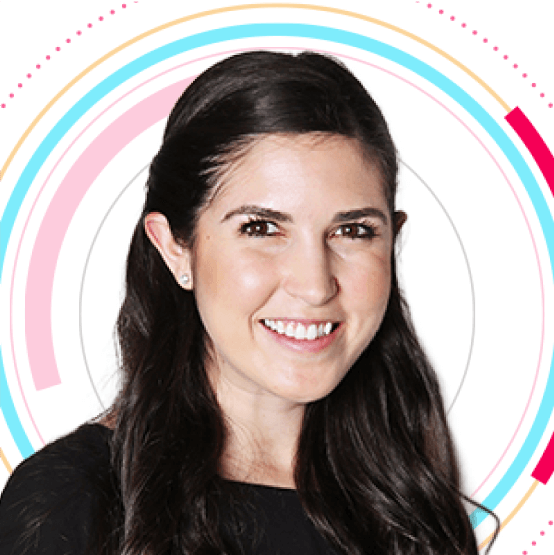
Hilary Ross Shafer

Hilary Shafer is the VP of Podcast and YouTube Influencer. With over a decade of agency experience, Hilary was an early adopter to influencer advertising and has been instrumental in growing and leading best practices within the industry. She brings a performance oriented, relationship focused, and data driven approach to her leadership of the Podcast and YouTube media buying teams.

Join Our Monthly Newsletter!
Get insights from the experts in AI-powered advertising for brands and creators

